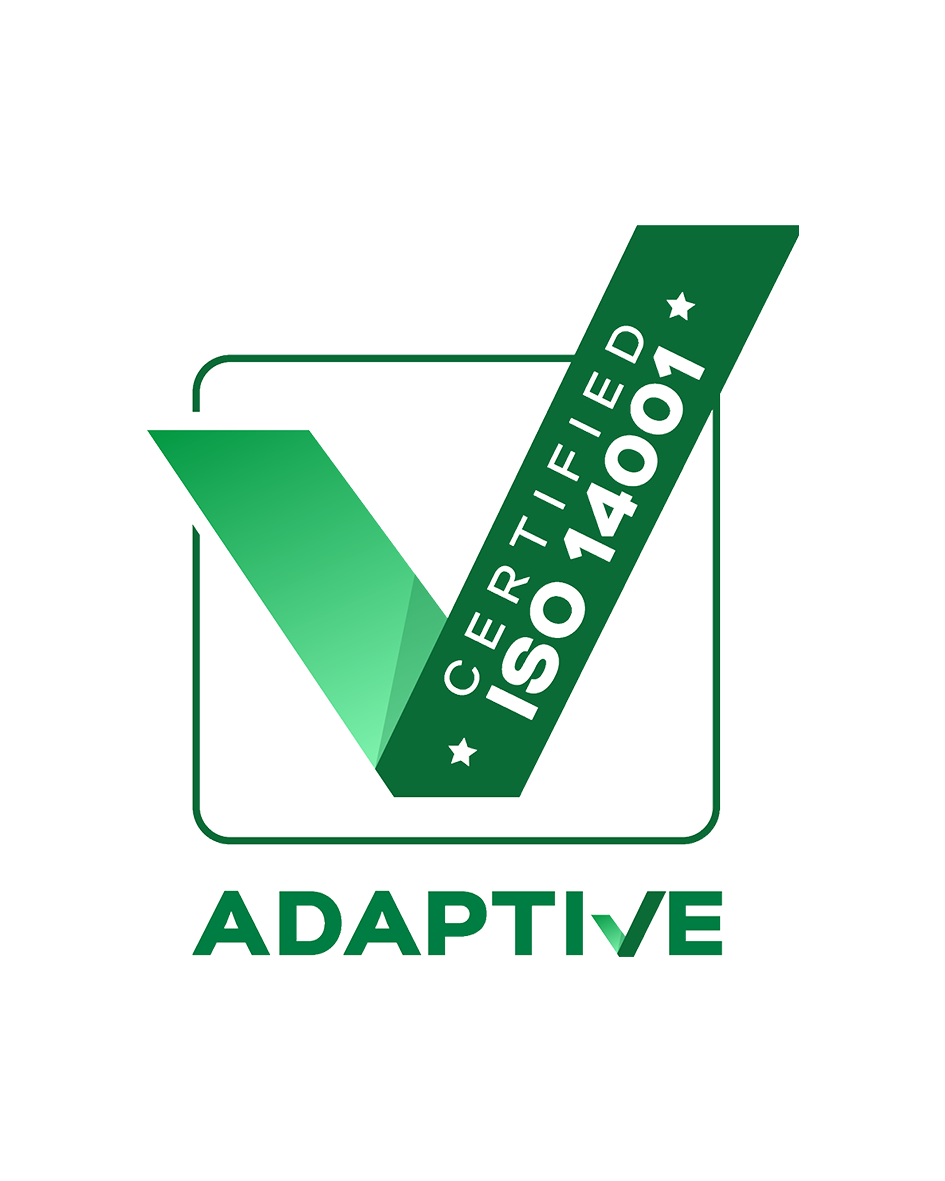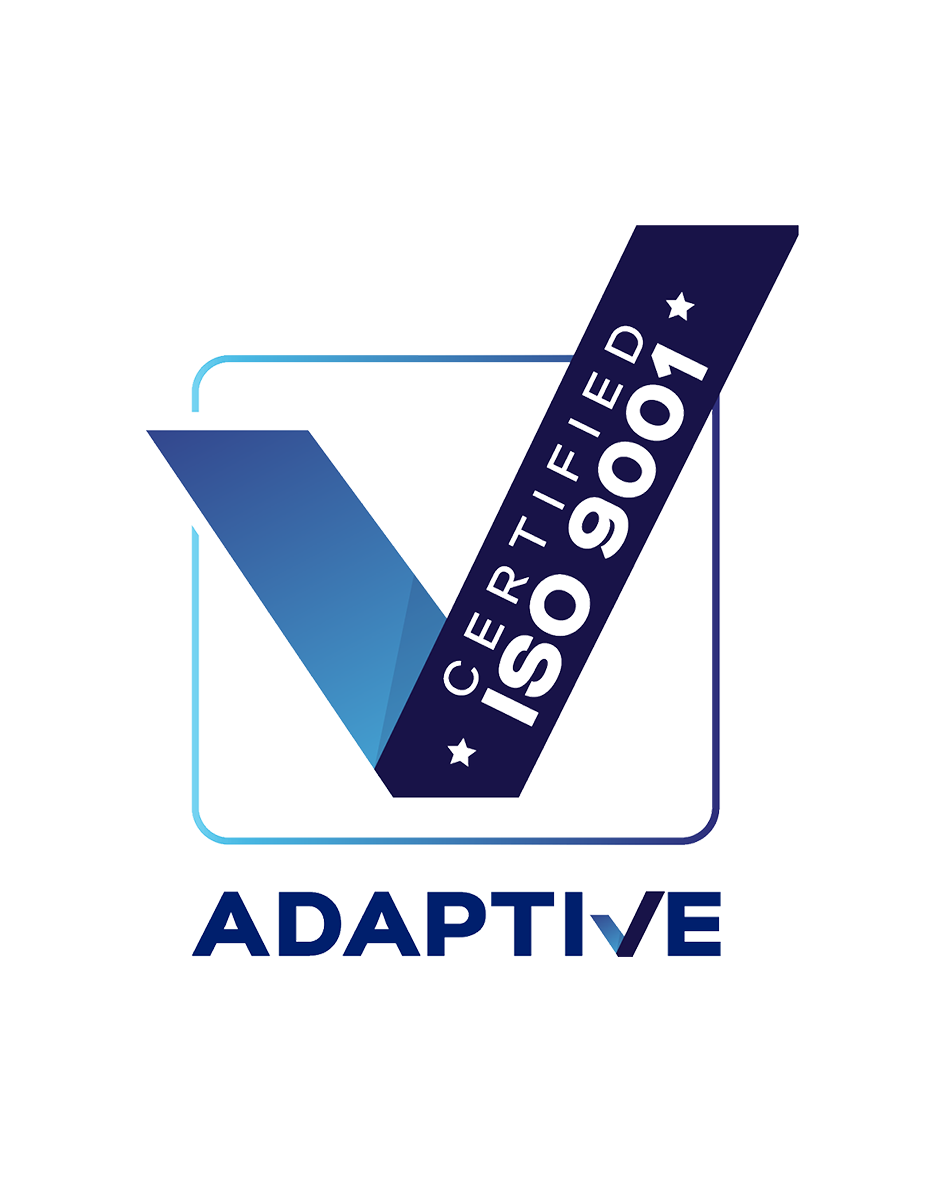Culverts are the hidden heroes of the infrastructure sector and while they are often not as prominent as bridges, tunnels and road networks, they are an essential asset that protects, roads, rail and other buildings and structures. Unfortunately, culvert maintenance and repairs are not always prioritised appropriately.
Typically, culverts are concrete box sections, corrugated steel or concrete pipes, designed to ‘impound, accommodate, convey or control the flow of water’[1]. Essentially, they are responsible for managing stormwater runoff, allowing water to flow freely under road and rail corridors. In many cases culverts also provide fauna with safe access. Their construction and maintenance need to adhere to standards that protect waterways, the community and other infrastructure like roads, pathways, and rail lines.
Culverts are designed with a hydraulic capacity capable of handling runoff water with AEPs (annual exceedance probability) up to two per cent, or ARIs (average recurrence intervals) up to 50 or 100 years. The ‘1 in 100 year’ rule is commonly referred to by engineers, and it defines significant flood incidents that have a one per cent chance of occurring in any given year. Unfortunately, as we learn more about weather events, it has become clear that heavy floods can occur more frequently than we originally estimated which increases the strain on a culvert’s passable hydraulic capacity. As a result, many culverts are now considered undersized which increases the risk of damage to roads, rail, and other critical infrastructure.
The challenge of building and maintaining effective culverts
Culverts are susceptible to deterioration over time that can diminish performance and structural integrity, including clogging with debris, scouring at outlets, and abrasion and corrosion. The main challenge with maintaining culverts is that they are invariably located underground, often under critical infrastructure. As a result, replacing the culverts can be very expensive and disruptive. Therefore, asset owners have sought innovative ways of monitoring the condition of and repairing and refurbishing their culvert assets
Maintaining healthy and effective culverts
Mainmark recommends proactive culvert damage mitigation which includes performing regular inspections to ensure all blockages are removed. Monitoring to consistent standards by checking for corrosion, settlement, joint or compression failures, water ingress and fire damage should be carried out. Any potential hazards affecting a culvert’s structural integrity should be dealt with immediately.
The conventional approach to remediating and maintaining culverts is to patch or line the culverts with new materials. Often cementitious materials are applied as a shotcrete or gunite solution to remediate damaged or deteriorated areas. Unfortunately, this approach can compromise culvert effectiveness over time. For example, if a 2m diameter damaged culvert is remediated using a 100mm repair layer of cementitious material, its diameter is reduced to 1.8m. This significantly reduces the overall hydraulic capacity of the culvert making it less effective.
Alternatively, ‘re-sleeving’ – which involves inserting a smaller diameter pipe into a culvert and grouting the space between them – is another widely accepted option. However, while these methods are effective, they can also contribute to the capacity dilemma.
New Innovations
Mainmark has developed new solutions that are more cost-effective and time-efficient than conventional methods which do not significantly reduce culvert hydraulic capacity. For example, relining culverts with vinyl ester structural coatings can replace the strength of the culvert without the added thickness of conventional cementitious material. The thin 12-15mm coating minimises the loss of hydraulic capacity.
Teretek® engineered resin has also been used to increase ground bearing capacity and to realign culverts that have moved due to settlement. When all else fails and a culvert needs to be abandoned, Mainmark’s Terefil® is a lightweight cementitious-based flowable filler that is an ideal solution for decommissioning ageing and redundant culverts and pipes.
Mainmark has remediated hundreds of culverts over the years using these techniques, including relining seven major culverts in the Toowoomba Bypass with Terefil® cementitious void fill.
While culverts may not always be highly visible, they contribute significantly to our everyday lives and our communities rely on their ability to perform correctly. It’s therefore important that they are taken care of, and remediation is prioritised accordingly.































